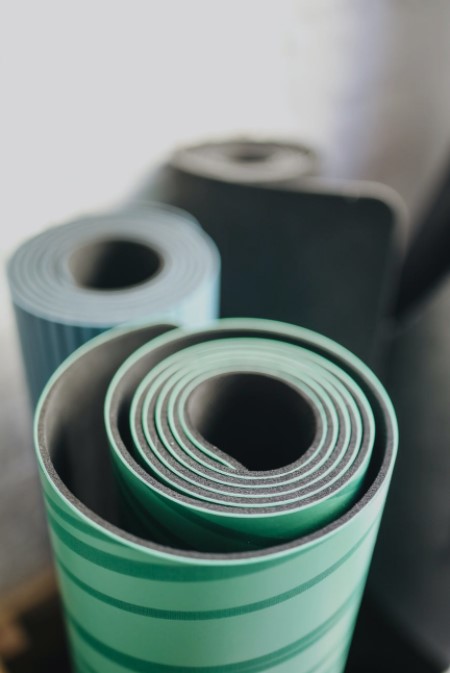Top Benefits of Incorporating Foam in Your Workout

Foam isn't just for your morning latte. A growing exercise trend is the incorporation of foam equipment into workout routines. Foam is affordable, lightweight and everyone from couch potatoes just starting out to personal trainers at the top of their game can take advantage of it. Whether you want to make your exercise routine safer, more challenging or modify it to accommodate an injury, consider these top benefits of incorporating foam into your workout.
Increases Safety
That hard gym floor can turn a good sweat into bumps and bruises, especially for children and the elderly. Put safety first by using foam to cushion falls and make floor exercises easier on stiff joints. Are you coaching kids who like to tumble and roughhouse? A soft foam obstacle course is a great way to help them expend all that energy while improving their fitness.
Improves Your Balance
A thick foam pad beneath your feet creates an unstable surface that's perfect for honing your balance skills and strengthening your core muscles. Incorporate one into any routine to make it more rigorous. Foam can also help you work out while doing your daily chores. Try using a non-slip foam exercise balance pad while working at your standing desk or in the kitchen for an effortless way to tone your legs and core.
Makes Yoga Easier on Joints
Yoga is terrific exercise, but it can be hard to get started in if you have painful joints or carpal tunnel syndrome. Putting all of your weight on swollen or irritated joints can further aggravate the injury and generally is not recommended. However, using foam blocks can help you do modified versions of the exercises that put less weight on your injuries. Doing so can actually help improve your condition when done correctly and strengthen your joints and wrists. Of course, foam blocks can also be used to do more difficult forms as well if you’re looking for a greater challenge.
Adapts Exercises for Special Needs
Do you have an injury or disability or are you coaching a client who does? Foam is an excellent way to adapt exercises for special needs. Use a foam wedge to put sit-ups within reach, a foam roller for back stretches or foam balls to work on grip strength. Foam padding is also great for people with sensory issues who don't like the feel of the hard gym floor or find exercise equipment seats uncomfortable.
Although foam is generally a very safe addition to any workout routine, it's important to make sure you know how to use any exercise equipment properly. When purchasing foam equipment, do your research, buy only trusted brands from licensed sellers and remember to read all the instructions and warnings before beginning.
